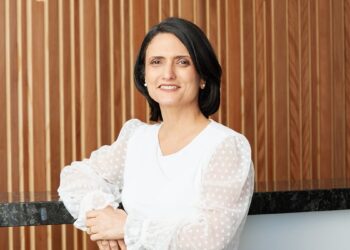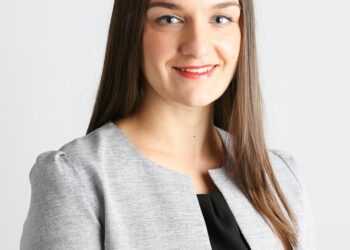Speaking to SMSF Adviser, DBA Lawyers director Daniel Butler noted that many tax advisers start off on the premise that CGT is 10 per cent.
However, an examination of the Income Tax Assessment Act 1997 (Cth) would reveal a one-third tax discount on a capital gain in respect of an asset that has been held for more than 12 months.
“That one-third discount results in two-thirds of that net capital gain after the application of losses being assessed, but it is a 15 per cent tax rate… but a lot of people say it’s 10 per cent,” Mr Butler said.
Mr Butler noted the one-third CGT discount can make a significant difference for clients, especially in cases where they may be regularly turning over assets.
“Indeed, they might acquire an asset to resell at a profit or they may be a share trader or a property developer,” he said.
“Provided those activities are done in the self-managed super fund, those activities are still generally on capital account and dealt with under the CGT system.”
Mr Butler noted that, in contrast, if the situation involved an individual taxpayer or a discretionary trust that had an intent to sell an asset at a profit, that would be on revenue account and would be assessable without a CGT discount.
However, he said the CGT system is the primary taxing code for SMSFs and even though an SMSF trustee intends to sell at a profit or is a share or property trader, the CGT provisions generally apply.
According to Mr Butler, the CGT analysis gets more involved when it comes to a pension. Because SMSFs are mainly covered by the unsegregated method, he said a proportionate exemption applies.
“If the actuary may, for example, certify that an SMSF is 50 per cent exempt, you then need to work through the steps in the CGT method statement in section 102-5,” Mr Butler said.
“First, you offset any capital loss to get the net capital gain. You then apply the one-third CGT discount. This discounted net capital gain is then included in assessable (statutory) income. Then the SMSF’s assessable income (both ordinary and statutory), being the non-exempt portion, is included in the fund’s assessable income. In the example of an SMSF with a 50 per cent exempt portion, then 50 per cent is assessable.
“Once you’ve got assessable income, you then got to have a look at your deductions because your deductions, seeing that you mainly have 50 per cent of your income that’s assessable and 50 per cent as exempt because you’re running a pension, you may not be entitled to 100 per cent of your deductions. You then have to recalibrate your deductions. General deductions need to be pro-rated as 50 per cent of them are not deductible. Some specific deductions such as insurance premiums may, however, still be 100 per cent deductible.”
Mr Butler said the ATO has had an audit focus on SMSFs claiming 100 per cent deductions in recent years where the fund is only partly exempt.
He also added that the CGT rules apply very differently for an SMSF with segregated assets funding a pension where each member has less than $1.6 million in super. In this case, he said capital gains and losses are disregarded. In addition, special care is also needed in claiming deductions.
As a result, Mr Butler said SMSF advisers who say there is a 10 per cent CGT tax need to ensure they are on top of the more complex elements of the legislation.



Im born in 1962. My super fund owns a property . If Im retired at what age can the super fund sell the property without any tax on capital gain.
Based on the rule that I have read from ATO’s website, if your fund is still in “Accumulating” fund – then your fund will have to pay CGT, a max 15% for complying and up to 47% if non-complying. But if your fund has turned into a “Retiring” fund, i.e., it started paying benefits to member (you) – which perhaps due to yourself being at retired age and has retired from work, then selling your fund’s property will not incur CGT no matter how much it gained in capital or how long you’ve held that property for. But the most prudent thing to do is to consult your tax/fund adviser for accurate and advise that will work for you and your circumstances. I just happened to be doing research on my own to validate my auditor’s ITR this year – hence I stumbled upon this website.
Thanks for the insight. Articles like these are good reminders to general practitioners and advisors.
I believe that the ATO view on running a business in an SMSF is that they are not prohibited from carrying on a business, but the trust deed must allow it, and the business must be operated for the sole purpose of providing retirement benefits for fund members. Depending on the circumstances, both share trading and property development could be business activities.
Hence, careful wording of the SMSF’s investment strategy would be an essential requirement in order to convince an auditor and the ATO that share traders and property developers are operating for the sole purpose of providing retirement benefits.
Issues such as financing the activity, family members as employees, arm’s length arrangements, related party transactions, connections with associated businesses, whether the activity is a hobby, etc. must be considered.
Therefore, the legitimacy of conducting these types of activities in an SMSF, as well as the tax treatment, may not always be clear cut.
But I would add that the one third discount doesn’t apply if any asset isn’t held for more than 12 months. The article of Mr Butler seems (I may be wrong) to imply that share trading can be on capital account.